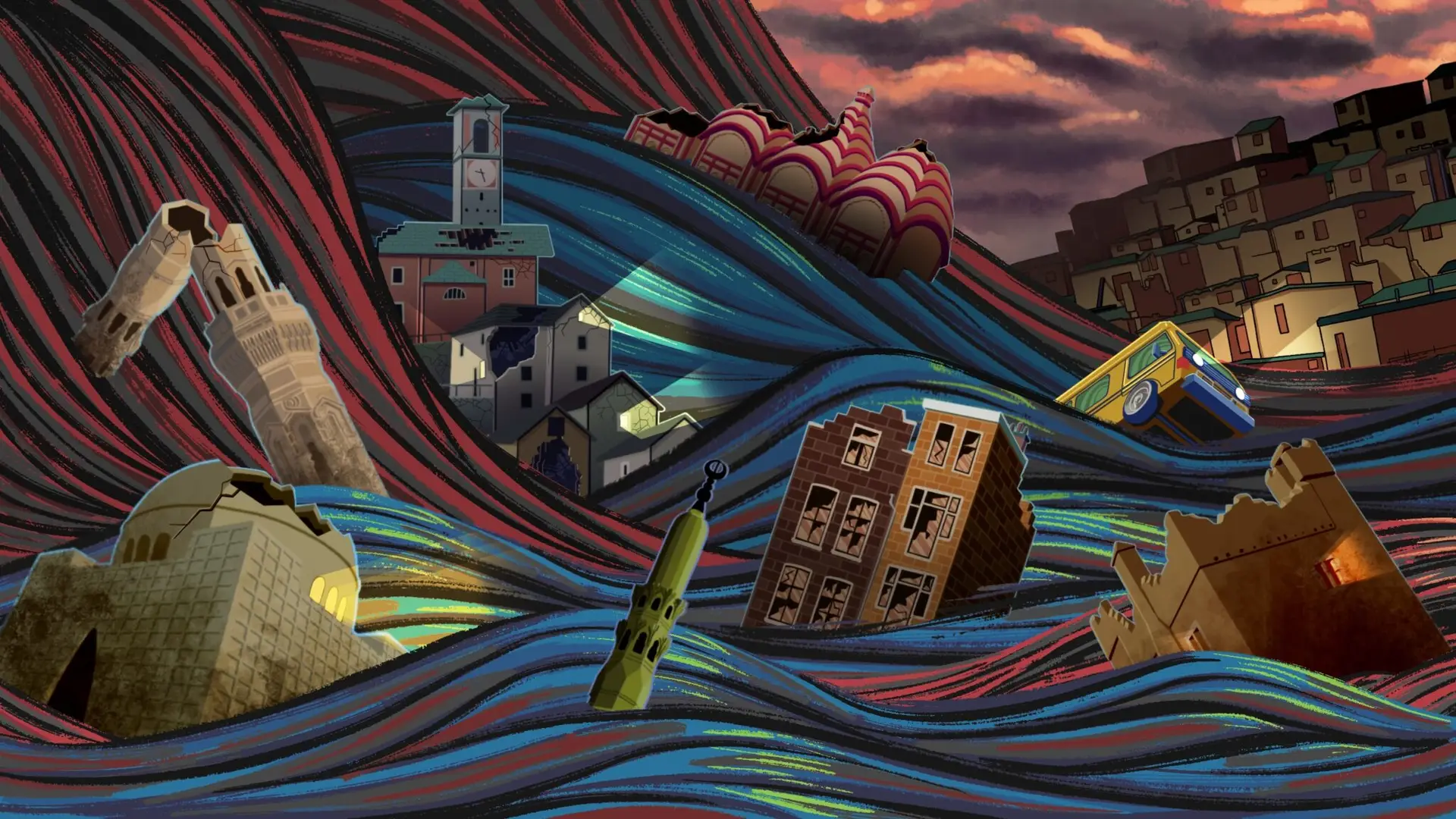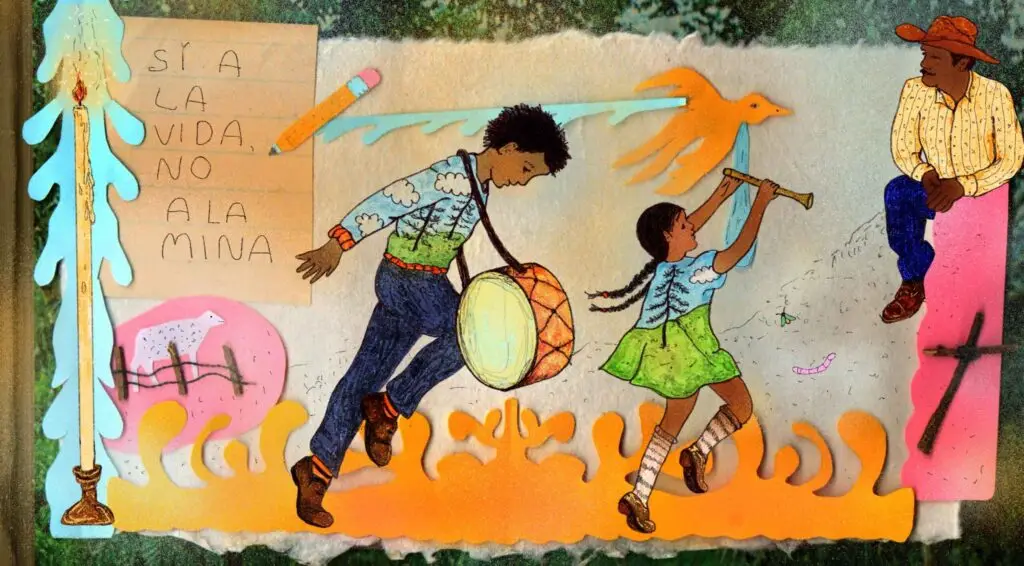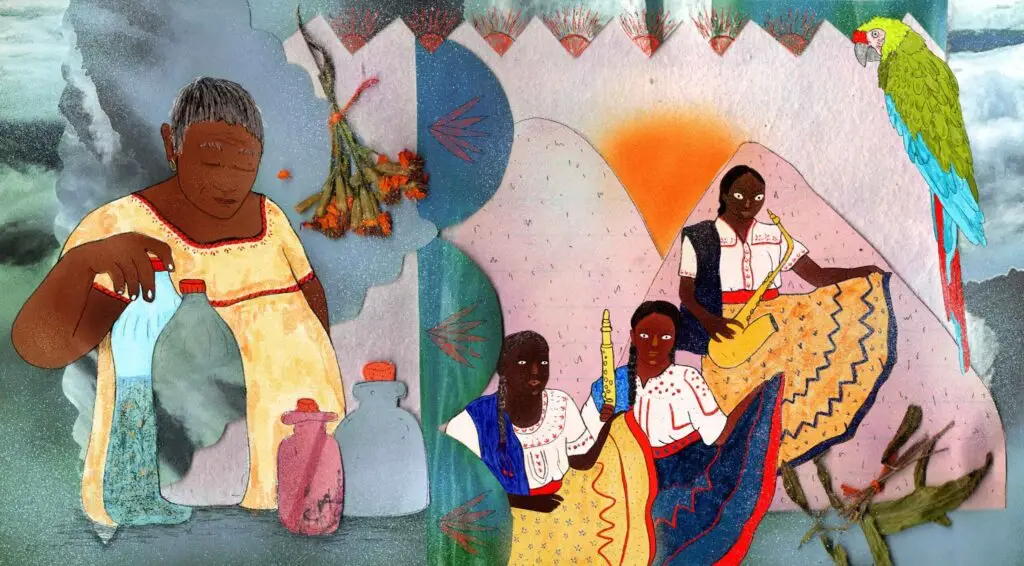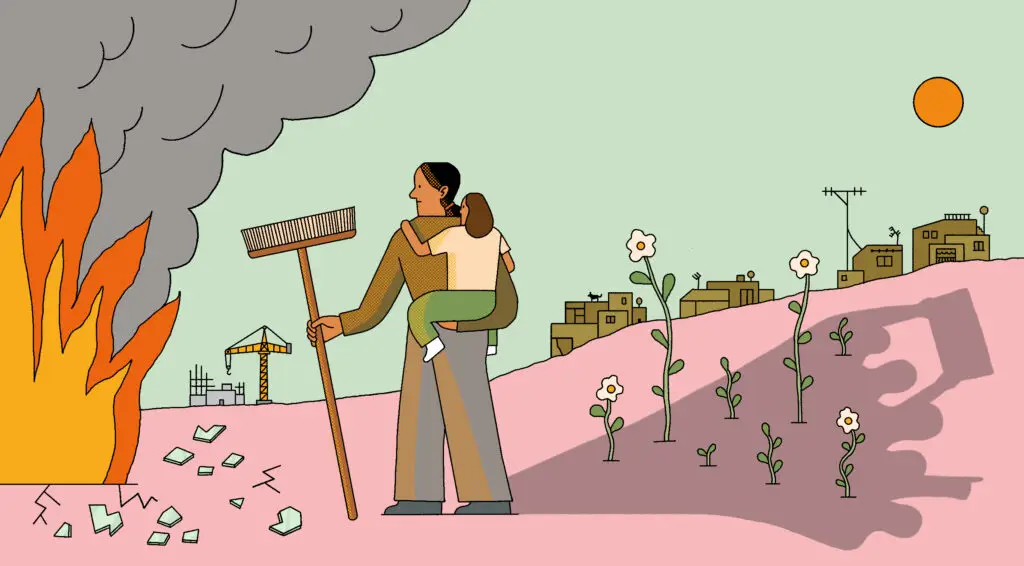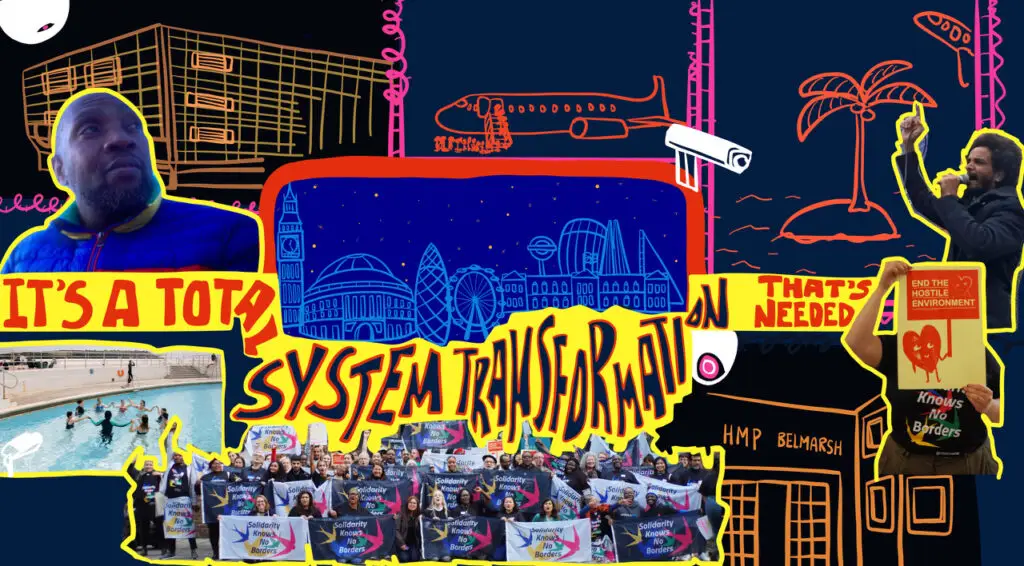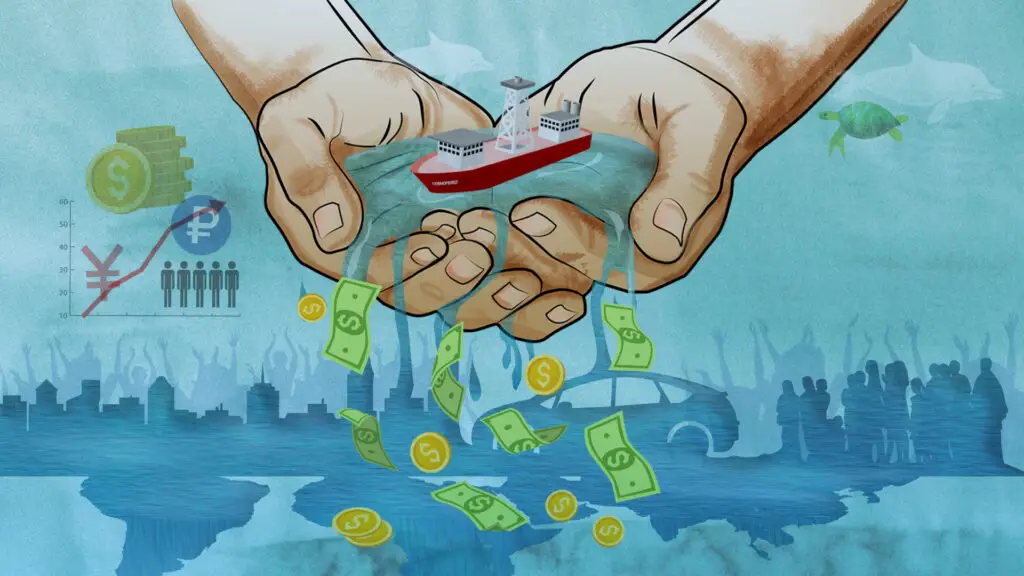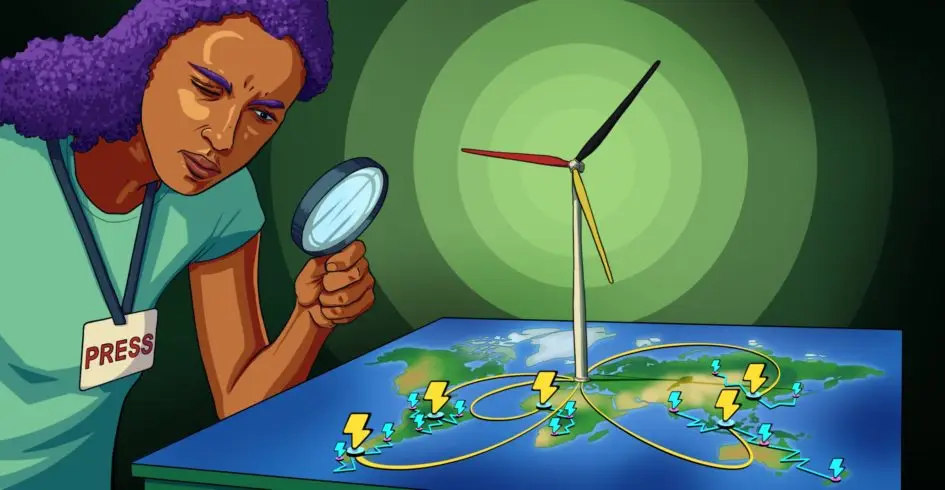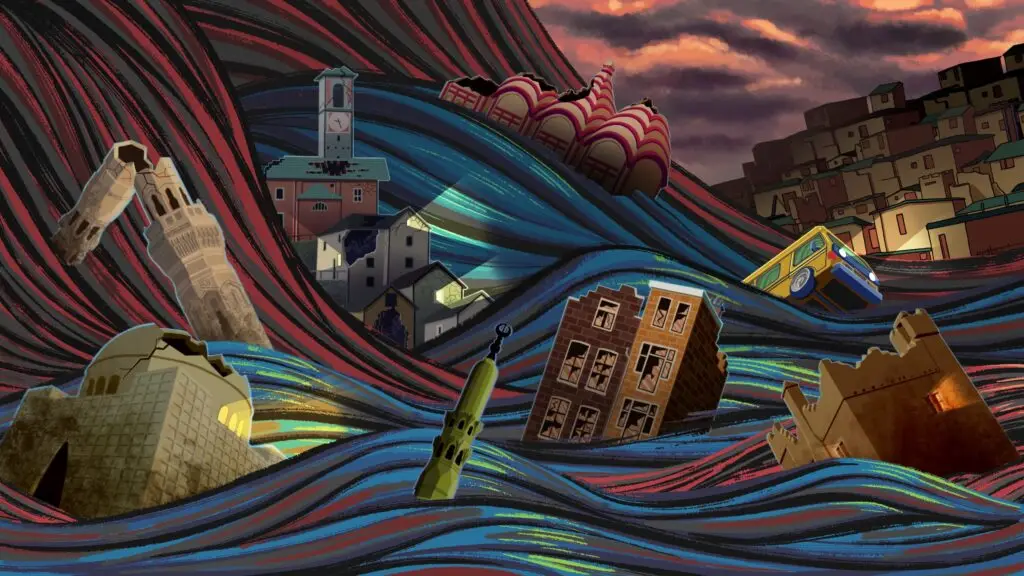A list of terms used throughout the Sinking Cities Project and reources for learning more.
Adaptation: The effort to make changes to meet the new conditions posed by the climate crisis, including avoiding harm and adjusting to new realities. For sea level rise, this might mean moving coastal communities inland, making a city more resilient to seawater incursion, or creating new ways to absorb or control excess water.
Beach nourishment: The process of filling in or replacing sand or sediment that has been lost to erosion in order to preserve or expand a beach. Often, this process must be repeated as sand continues to be eroded, and the materials and procedure can be extremely expensive.
C40 Cities: A global network of governors and mayors working together to adapt their cities to the impacts of climate change, tailored to achieve the Paris Agreement and committing to achieving carbon neutrality by 2050. [Read more]
Climate migrants: People who move within a country or across borders in response to changes where they live brought on by the climate crisis and extreme weather events. Currently, international law does not recognize a form of asylum or protection for climate migrants.
Climate Reparations: The demand for the so-called Global North to pay financial reimbursement to the Global South for the damage done to the climate. Underlying this demand is the reality that the Global North has contributed the vast majority of emissions that have damaged the climate balance of the earth, but the area of the earth that is most vulnerable to the climate crisis is in the Global South. [Read more]
Delta: Deltas are wetlands that form as rivers empty their water and sediment into another body of water, such as an ocean, lake, or another river. They are often important ecosystems with rich biodiversity and can serve important functions for filtering and retaining water runoff from nearby water bodies. [Read more]
Dyke/ Levee: A structure, made of natural or artificial materials, that runs alongside a body of water such as a river to prevent flooding.
Flood Defense: The umbrella term for structures designed to prevent damage brought on by floodwaters, flood defneses include dykes/ levees, seawalls and revetment structures, as well as barriers such as the Maeslant Barrier in Rotterdam.
Land Subsidence: A gradual or sudden sinking of the Earth’s surface, the phenomena can be caused by many reasons, some of them related to human activities, or as part of natural processes like earthquakes. Land subsidence increases exposure to coastal flooding, potentially faster than sea level rise does. [Read more]
Freshwater: Water that does not come from the sea and has low levels of salinity. Not all freshwater is drinkable, but most drinkable water comes from freshwater sources, such as above-ground lakes or underground reserves of groundwater.
Groundwater: Water that has sunken into the soil underground through rocks or ditches and is often a source freshwater supply for drinking or agricultural uses. [Read more]
Inclusive Climate Action: Refers to the concept of embedding social justice in actions responding the the climate crisis, and ensuring that the downsides of climate actions are not inequitably distributed. [Read more]
Integrated Coastal Zone Management (ICZM): A multidisciplinary process of managing coastal areas that seeks “to balance environmental, economic, social, cultural and recreational objectives, all within the limits set by natural dynamics.” [Read more]
Intergovernmental Panel on Climate Change (IPCC): Is the United Nations body for assessing the science related to climate change. IPCC prepares Assessment Reports about the state of scientific, technical and socio-economic knowledge on climate change. [Read more]
Polder: A piece of low-lying land reclaimed from the sea or a river and protected by dykes, especially in the Netherlands.
Salinity: The amount of salt present in water or soil. Too much salt in water can make it undrinkable, and can also make it unsuitable for watering plants or other agricultural purposes.
Seawater Intrusion: The movement of seawater (saltwater) into freshwater sources. Often caused by overpumping groundwater for drinking, seawater intrusion can damage the freshwater supply.
Sluice: A water channel that is controlled by a gate, that can moderate the amount of water let in to control the flow or height of water, for instance in a canal.
Storm Surge: A rise in seawater that results from a storm’s wind and pushes a coastal tide higher than normal. Storm surges can cause extensive damage to coastal communities and infrastructure. [Watch a video about Storm Surges]
Subsidence: Refers to the downward movement of building foundations, usually because of instability in the underlying ground. It can cause cracks in foundations, property damage and collapse of buildings. When coastal flooding increases, it can contribute to subsidence. [Read more]
Wetlands: A distinctive land ecosystem that is permanently or seasonally covered with water. Wetlands host a wide variety of plants and animals and can play an important defense against floods and erosion. [Read more]

